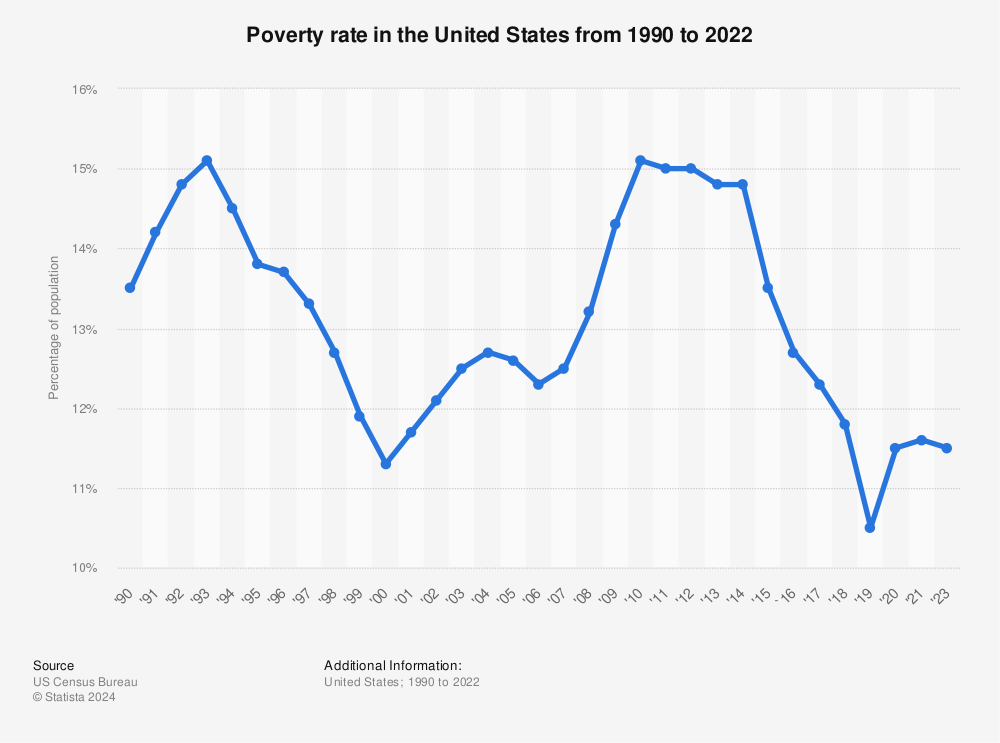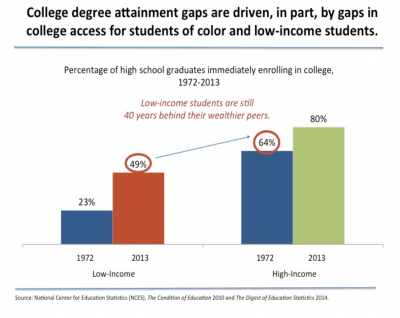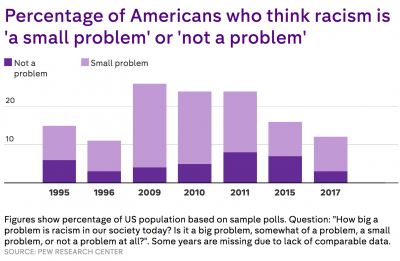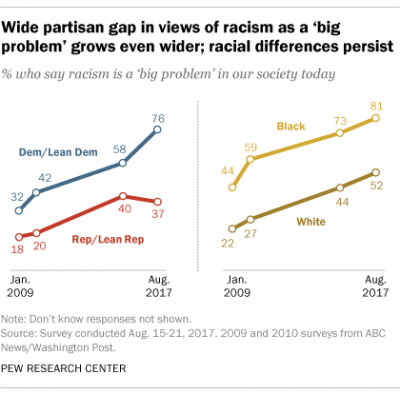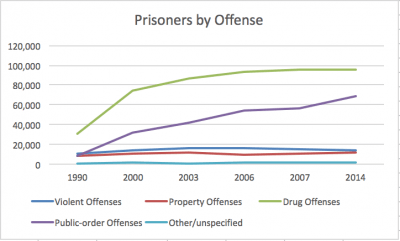Immigration has been an increasingly covered issue in the media in the last few years. Many americans fear that immigrants are “taking the jobs from american-born citizens.” However, this article in Forbes shows the wage-gap between US-born and immigrant americans. The discrepancies in pay between these two groups is in the thousands in over 29 states. This graph below shows the ten states with the highest wage-gap differences between immigrants and US-born citizens.
According to this graph, the top of the list is an almost $20,000 difference in the annual income of these two groups. The US-born citizens had a median annual income of $59,689 while the immigrants earned $40,145. The article also mentions that immigrants make less money than U.S.-born citizens in 45 states. So although some americans may fear that immigrants are taking opportunities from U.S.-born citizens, this data shows that U.S.-born citizens are, at the end of the day, making more money annually than immigrants.



